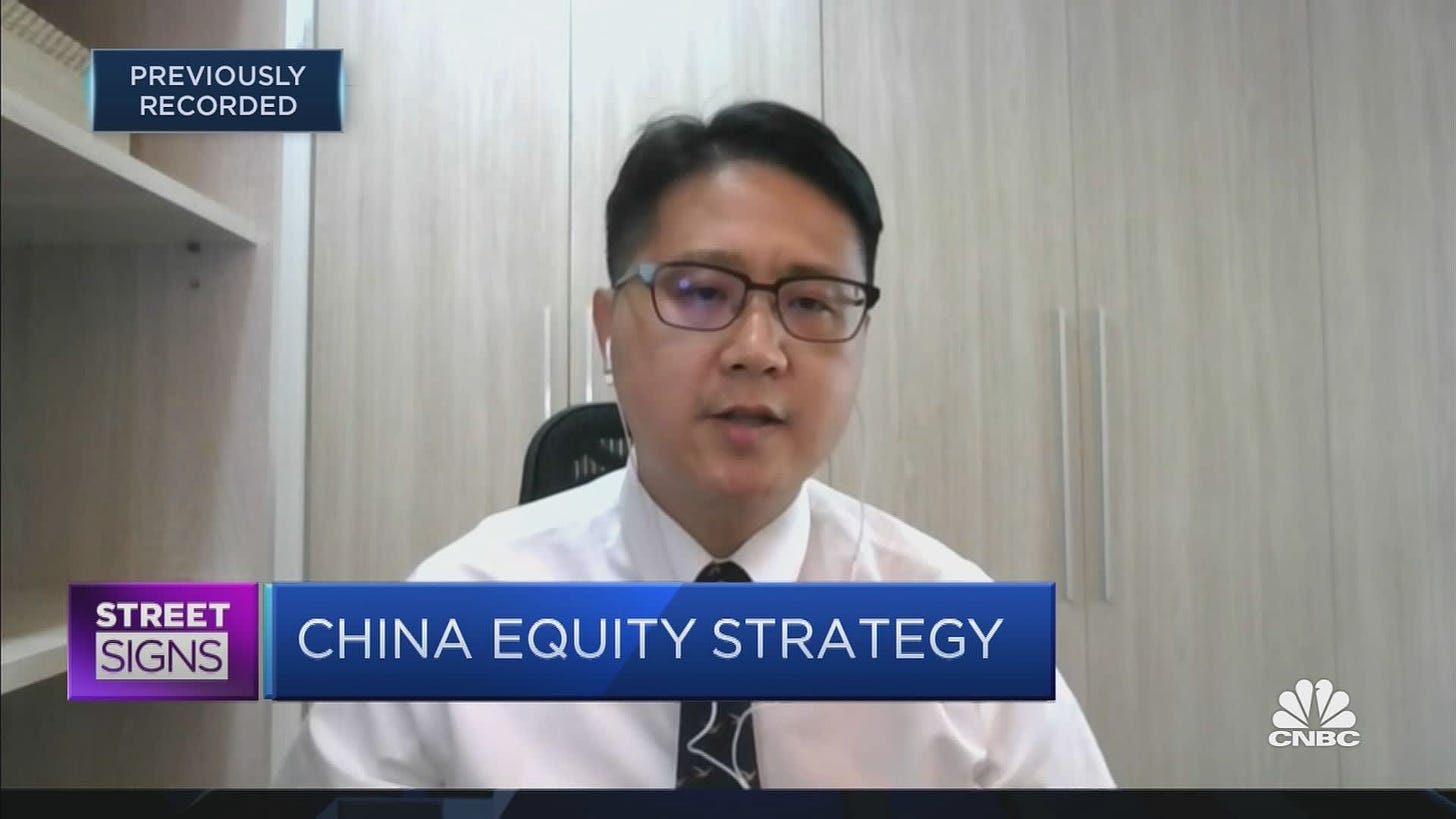The Limits of Passive Investing in China Markets
It’s tough to grasp the principles of Daoism, for both the traditional Western and modern Chinese mind. Even with Bruce Lee advising us to “Be like water,” for example, the Daoist concept of winning by being passive is a tricky one.
Fortunately, investors have western markets as a case study, where for the last 15 years, S&P 500 returns have beaten 92% of large cap funds*. Chasing alpha, and stock picking in general, have been largely wasted action. Indeed, it seems one can dispense with being like water, and simply be a boat on the endlessly rising tide created by the Fed’s asset-pumping policies.
Thus it’s ironic that in China, where balancing yang with yin was first codified, a passive approach to investing is much less favorable. Essentially zero percent over the past decade or so, in fact, after costs, a little currency appreciation notwithstanding.
This is according to Qi Wang, co-founder of China manager MegaTrust Investments, whose A-share-focused Yangtze funds have delivered double digit returns (and Alpha) annualized over the last 13 years. Previously, he was also Head of China Index Research at MSCI. So there is literally nobody better to explain why, when it comes to domestic Chinese equities, a passive approach is unlikely the best choice.
“Even icons such as Ray Dalio and Warren Buffet would struggle with Chinese stock indices, which is completely different species from say the S&P 500,’ says Qi Wang. For starters, there is overall market volatility to contend with, which is driven by the fact that close to 80% of daily volume is driven by retail traders. But in his quest to define value in up-to-date terms, and identify it in Chinese companies, Qi Wang has a much more fundamental view of index investing limitations.
“The first key factor is index inefficiency,” he says. “A good index should be a metaverse of the economy, a true and thorough representation of the economic drivers. This just isn’t the case with China indices.”
The inefficiency stems from a market cap weighting approach which skews to China state-owned-enterprises, cyclicals, and financials. While SOEs still have a vital role in China’s economy, driving returns for shareholders is hardly one of them. SOEs are generally evaluated based on their assets rather than return on assets (ROA) or return on equity (ROE).
Big banks and cyclicals such as mining companies, as well, have state-ordained roles including providing stability and broad development, and responsibilities to far more than just making money. Thus goals taken for granted in the West: profit-seeking, growth, innovation, and competitive advantage, are not necessarily priorities for a great deal of the companies comprising the CSI 300 Index.
A paradox of sorts, considering that China’s economic story over the past few decades can best be described by the phrase “high growth.” And according to Qi Wang, China indexes are slowly improving, as the companies that really matter to the economy are getting bigger and increasing seeing their stocks being included in the index – leading companies in consumer, technology and healthcare. [Let’s not get into the smart beta / semi-passive topics right now. It is very complicated and probably deserves another article of its own.]
In response to the question of how China’s astonishing economic growth has not been accurately reflected in its equity markets, Qi Wang introduces his second key factor: the Growth Trap.
“Among China’s small and mid-cap companies, which are significant drivers of China’s growth, there is the issue of corporate governance and shareholder dilution,” he says. For many Chinese companies, accelerated growth has long been the mandate, and issuing new shares a favored tactic. This explains how some Chinese public companies with double digits earnings growth can show barely an uptick in their earnings per share (EPS) growth.
Some may rightly point out that the dilutive approach to accelerated growth is also common in the West. However, as with many corollary phenomena in China, it can be pretty extreme. In any given year, the total size of the secondary offerings can be multiple times of the IPOs.
So how can a western equities investor, a master of wu wei, “doing by not doing” face the roiling volatility, the index inefficiency, and growth traps of China’s domestic market? Granted that market is eminently worth exploring, with its low correlation to America’s, largely retail nature, and status as designated engine of China’s new economy.
“Stock-picking is a must,” advises Qi Wang. “Align your portfolio with China’s growth trajectory, not its current narrative, by looking at secular growth sectors such as consumption, healthcare and technology etc., which are still under-represented in the index. This is the top-down angle. From a bottom-up perspective, you need to avoid the growth trap by focusing on corporate governance and shareholder value.”
If this style of active management contradicts the western investors’ more passive, Daoist strategy, then Qi Wang’s emphasis on honesty and harmony certainly doesn’t.




